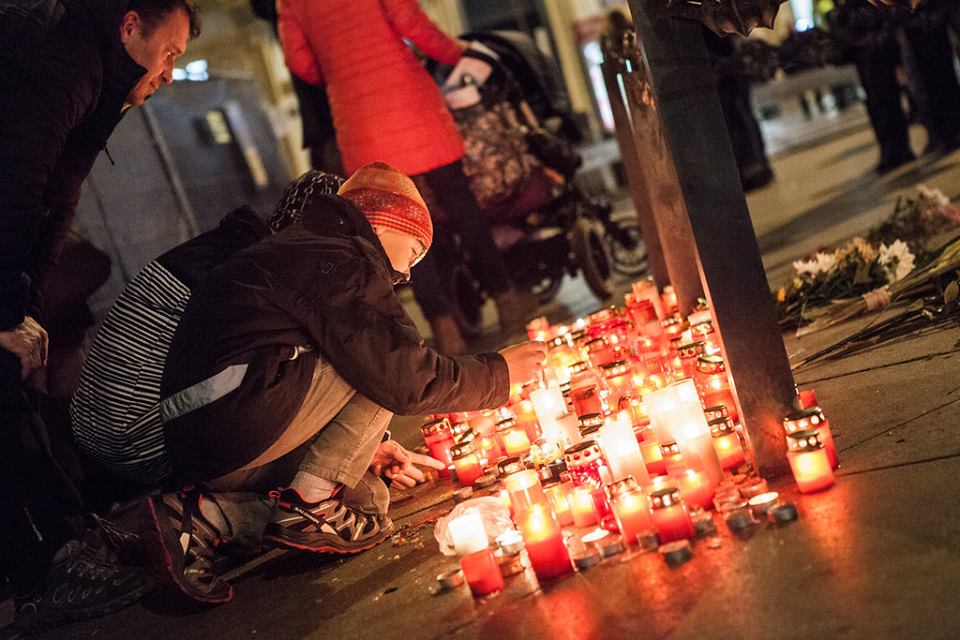
If you visit Prague in November, you'll be able to discover and take part in three very important Czech holidays: All Saints' Day (November 1 and 2), St. Martin's Day and, above all, the celebration of the Velvet Revolution (November 17), which put an end to communist rule in Czechoslovakia between November 16 and December 29, 1989.
Thanks to my local experience of these celebrations over many years, you'll know exactly where to go and how to enjoy them
A trip to Prague in November is an excellent idea. You'll be able to enjoy the autumn colors of one of the greenest capital cities in the world.
Commemorating the Velvet Revolution
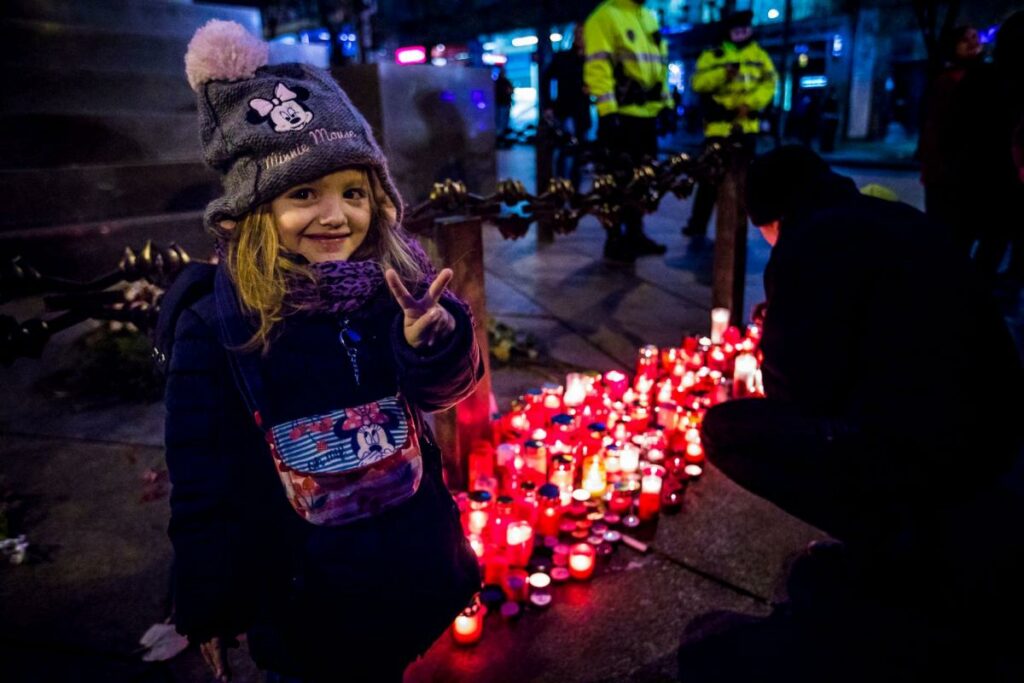
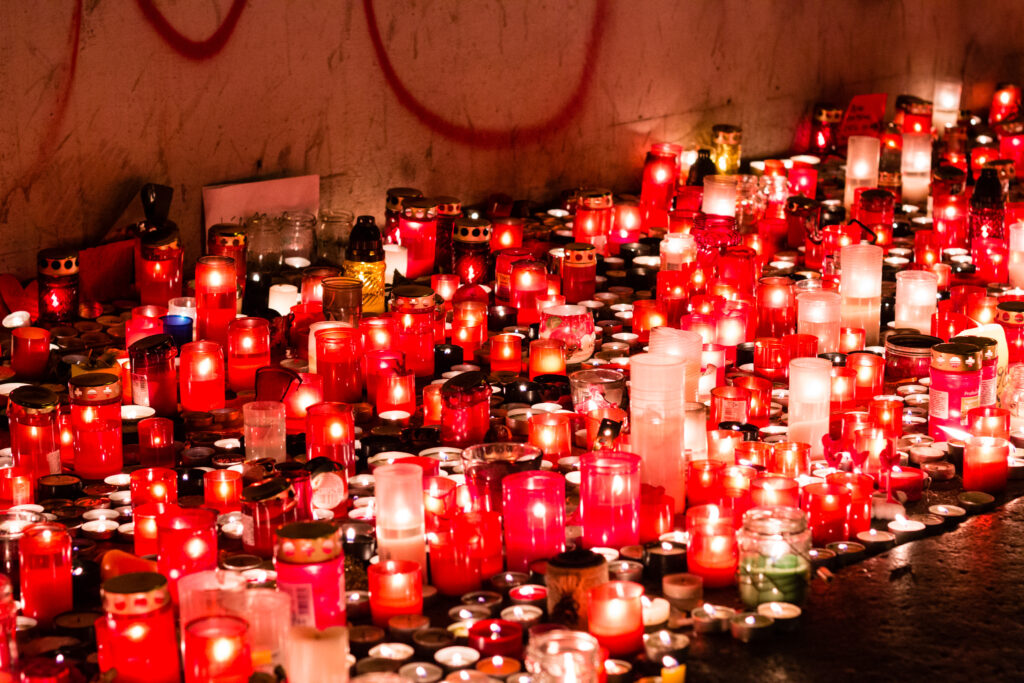
The Velvet Revolution is commemorated every year on November 17. It's a public holiday, the "International Day of Students and the Struggle for Freedom and Democracy".
On this day, Czechs light candles and the Petřín Tower (which you can climb: tickets here) is illuminated in the colors of the Czech flag.
To understand where you need to go, let's take a look back at the country's history. On November 17, 1989, 8 days after the fall of the Berlin Wall, a peaceful student rally was violently dispersed by Communist police. On that day, the students were commemorating another tragic November 17, which had taken place fifty years to the day earlier, in 1939. On that day, the Nazi occupiers suppressed a demonstration following the funeral of medical student Jan Opletal. Opletal had been fatally wounded by the protectorate police while taking part in Czechoslovakia's national holiday celebrations. Repression continued apace, with nine executions, over a thousand deportations and the closure of universities. If the students of 1939 had been arrested in Karlovo náměstí, in 1989 it was on the Národní artery that truncheon blows rained down on unarmed students. This launched the great awakening of civil society (especially since there were rumors of the death of a student): the birth of the Civic Forum, a general strike and demonstrations on Wenceslas Square (500,000 people on November 20), which led to the fall of the regime and the election of former dissident Václav Havel as President of the Republic on December 29, 1989.
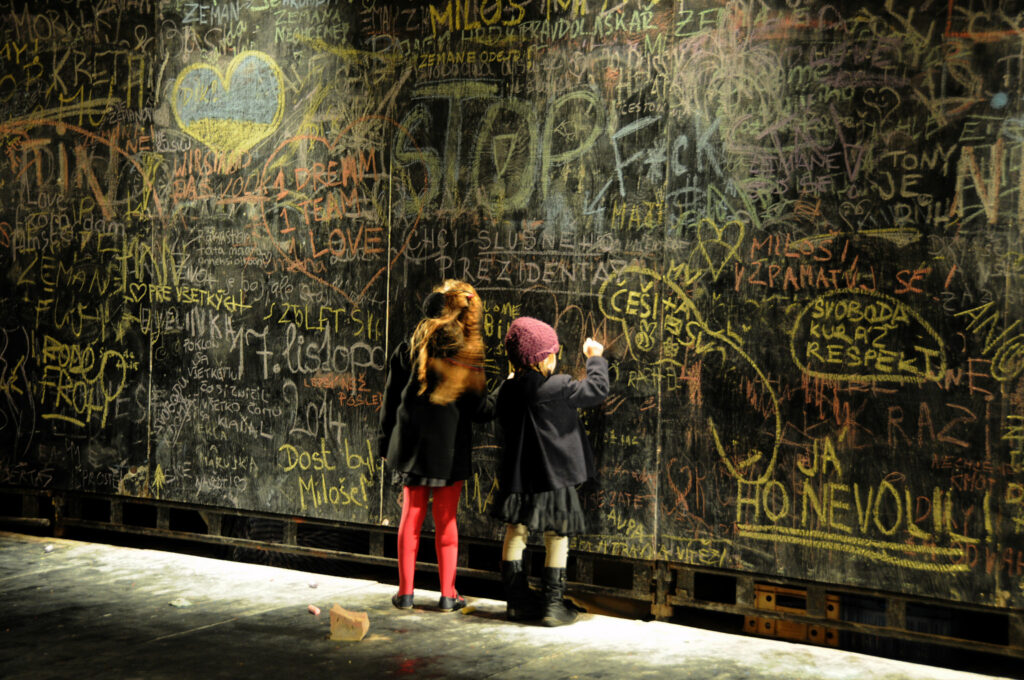
To take part in the celebrations, all you have to do is go to Národní Street on November 17, which is closed to traffic. Just a stone's throw from the National Theatre, at number 16, a plaque depicting bare hands clamoring for freedom commemorates the event. Korzo Národní is the name of the commemorative event that also reflects on the current state of our society and democratic values. There is satirical street theater, conferences, exhibitions, installations and concerts… Candles are lit and flowers laid. At 1 p.m., the Czech national anthem is played and, at the symbolic hour of 5:11 p.m., from the balcony of the Metro Palác, a hymn from the Velvet Revolution is also played: Modlitba pro Martu (Prayer for Marta) by Marta Kubišová.
Then Wenceslas Square, lit candles and the Concert for the Future. Music, or rather song, played an important role in those memorable days of November 1989. If you're in Prague on November 17, be sure to join the Czechs in celebrating this very special moment!

Thousands of lights on the Feast of the Dead
The Day of the Dead has been celebrated in the Czech Republic on December1 and 2 since 998. All Saints' Day is not a public holiday. If you come to Prague in early November, I strongly advise you to visit a cemetery on November 2, the day of the dušičky ("little souls"). You'll discover a truly unique atmosphere, with candles lit on all the tombs in cemeteries that are always heavily planted with trees. Go in the late afternoon, between dog and wolf, when night begins to fall (around 5pm). Prague's cemeteries, open until 8pm that evening, have a magical quality that you'll remember for a long time (photography is permitted in most cemeteries). My son and I go there every year, it's so magical!
Three cemeteries I recommend you visit
Olšany cemetery and Prague's new Jewish cemetery
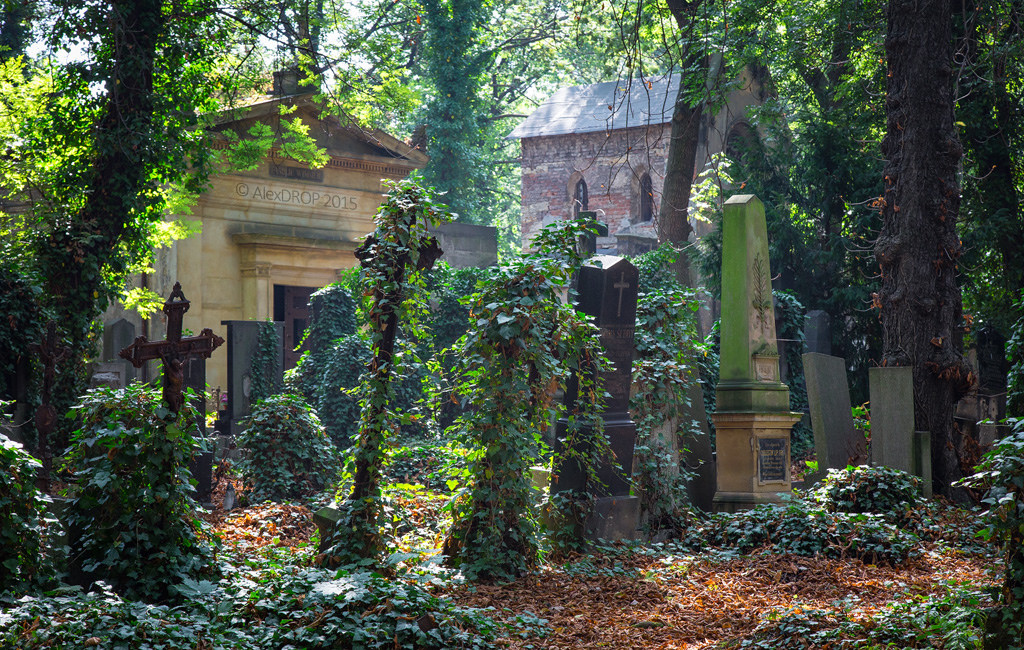

Olšany Cemetery (Olšanské hřbitovy) dates back to the 17th century. It's Prague's largest (12 cemeteries combined into one, some say two million deceased). It's located in the popular Žižkov district, which is also well worth a visit. With its old neo-Gothic tombs and nature reclaiming its rights, the cemetery, which is not very well maintained, is very photogenic! A pleasant place where young mothers often stroll with their baby carriages and joggers sometimes run! You'll notice a lot of Czech and German surnames (before the Germans were expelled in 1948). Some aisle signs have even been bilingual since Habsburg times.

It's in this cemetery (near the main entrance) that you'll find the grave of Jan Palach (1948-1969), a Czechoslovak student who became the symbol of the 1968 revolt after committing suicide by setting himself on fire in Wenceslas Square. With this last act, he wanted to protest against the occupation of his country by the Soviet army and the crushing of the Prague Spring. Olšanské hřbitovy also boasts graves of British Commonwealth soldiers and pilots from the Second World War, as well as numerous other graves from the two world wars and other conflicts, including the Napoleonic Wars. If finding your way around a cemetery is rarely easy, here you won't have much trouble thanks to a "path of knowledge". It has been installed for tourists and is unique in Europe, with 24 informative wooden panels (biographies, location, photos of graves etc.). Most cemeteries also offer maps near the entrance listing the most notable people buried and also showing the sections.
The Olšany cemetery is separated from Prague's new Jewish cemetery by the busy Jana Želivského thoroughfare. This other cemetery is just as pretty, and this time you'll find the grave of Franz Kafka. The grave of Václav Havel, Prague's first post-Communist president, is also nearby, in the Vinohrady cemetery (Vinohradský hřbitov, in an alcove to the side of the church) just 300 meters away.
How do I get there?
The easiest way is to get off at the Mezi Hřbitovy streetcar stop (lines 5, 7, 10 and 26), which literally means "between the cemeteries".
Daily 8am-5pm (March-April, Oct. and All Saints' Day 6pm, May-Sept. 7pm).
Vyšehrad Cemetery
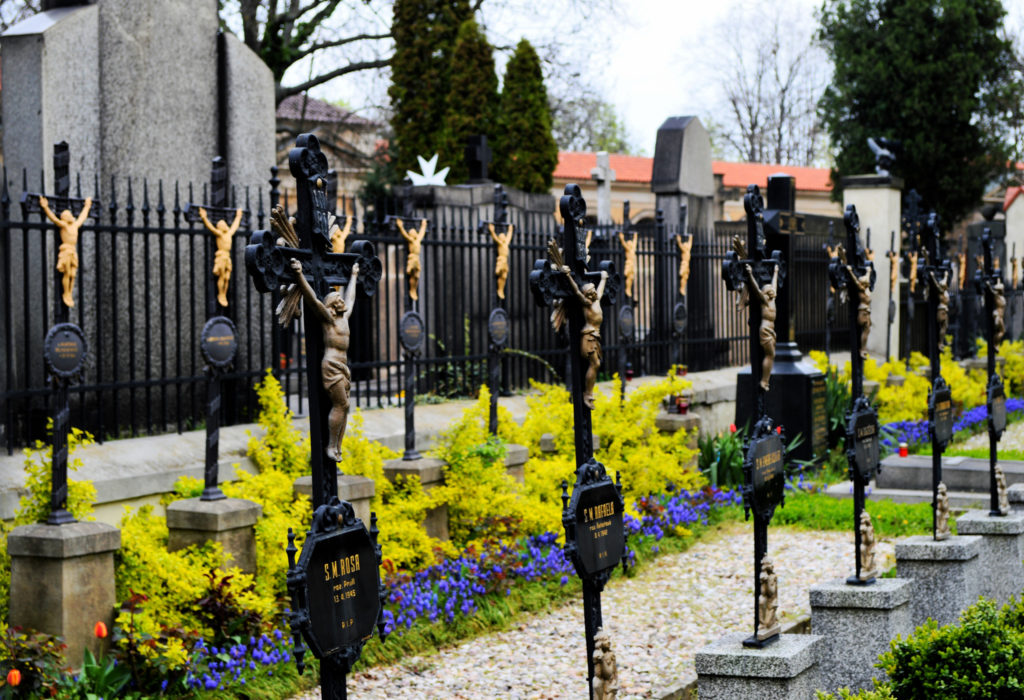
This is the cemetery of illustrious Czechs like Antonín Dvořák! It lies next to the Basilica of Saints Peter and Paul on a hill overlooking the Vltava. It's also a great place for a stroll.
How do I get there?
Take metro line C to Vyšehrad station and after a ten-minute walk, you'll reach a gate giving access to the site.
Or get off at the Výtoň streetcar stop (lines 1, 2, 3, 5, 7, 17 and 21) before climbing the stairs on Na Libušince Street. Alternatively, get off at the Podolská vodárna stop (lines 1, 2, 3, 7 and 17) and walk up U Podolského Sanatoria street.
Daily 9.30am-5pm (Apr.-Oct. 6pm).
Malvazinky Cemetery (or Smíchov Cemetery)
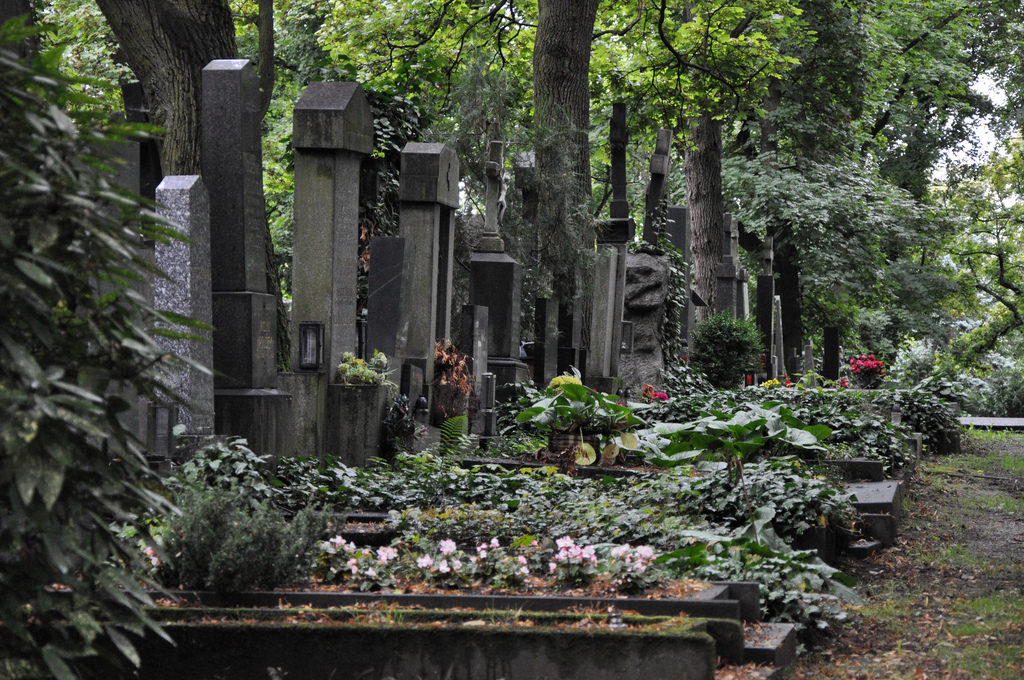
This small, slightly off-center cemetery in Prague 5 gives you the opportunity to stroll through a very pleasant neighborhood and discover a charming little street of workers' houses (a living room on the ground floor, a bedroom upstairs and a tiny garden), doll's houses built in 1921 and one of Prague's best-kept secrets that few locals know about(rue Přímá).
How to get there
Metro B Anděl: exit direction Na Knížecí then bus 137. Get off at the 3rd "Malvazinky" stop, then take the cemetery street opposite the Albert supermarket (U smíchovského hřbitova street).
Finally, as legends are legion in Prague, one tradition that has developed over the years is to leave mementos on the grave of a young girl in the Malá Strana cemetery (Malostranský hřbitov) located in Smíchov. Legend has it that the child was an angel. Tributes were so numerous that the cemetery administration now discourages them.
St. Martin's Day

Discover Czech wines and enjoy a roast goose in a festive atmosphere. On November 11th, most traditional Czech restaurants offer a goose-based menu, and Saint Martin crosses the Charles Bridge at precisely 11:11 on his white horse, heralding the snow. He is also accompanied by geese (legend has it that he did not want to be made bishop in Tours and the geese discovered it…). Saint Martin can also be found on his white horse that day on the Vyšehrad hill with a lantern march for children.